Specialist Krav Maga Training In Boston
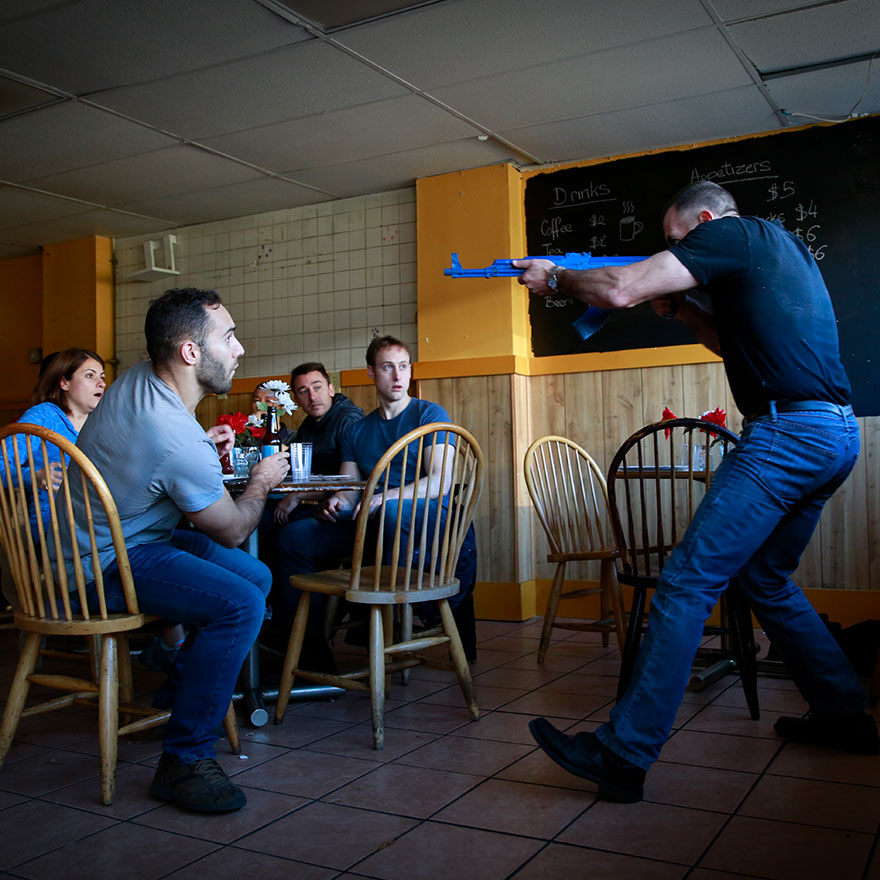
Active Shooter/Killer Training
We have taught our Active Shooter Workshops in numerous settings and with a wide variety of businesses and organizations including schools, healthcare providers and corporations etc. If you would like to bring this type of training to your organization, please click here to contact us about this. Our Active Shooter/Killer training is not restricted to firearms as we also look at attackers who use a knife and consider scenarios where both long barrel and short barrel weapons and knifes are used together (something that is not uncommon in active killer situations). This type of training is also conducted in our regular Krav Maga classes and with occasional seminars that are open to the public. To see when the next seminar is please click here.
Israel has a long history of dealing with Active Shooter/Killer incidents, and Krav Maga has evolved to deal with these types of events i.e., an individual, or group, attempting to kill as many people as possible in a restricted environment. Krav Maga Yashir Boston’s, Head Instructor Gershon Ben Keren’s Book – Krav Maga Extreme Survival (an Amazon Best Seller) – includes a study of over 140 different incidents and provides universal solutions to such events.
Read MorePersonal Safety & Self-Protection Training
One of the most neglected but important aspects of reality-based self-defense training is that of self-protection/personal safety. The ability to predict, prevent and avoid violence is a key survival skill. Head Instructor Gershon Ben Keren is a Criminologist, who has worked in the security industry for over thirty years. He has studied and experienced the methods and practices of both violent and non-violent offenders and developed tools and frameworks that can be used by individuals to predict and identify criminal incidents before they occur. All violent incidents contain an opportunity that the offender can exploit and by learning to deny these opportunities we can avoid being victimized.
All of our Krav Maga classes look at recognizing and explaining, how violent situations and scenarios occur and what appropriate responses – both physical and non-physical - may be available, along with how they might be avoided in the first place. Rather than simply teaching techniques to deal with attacks, our classes present complete solutions to violence.
Read More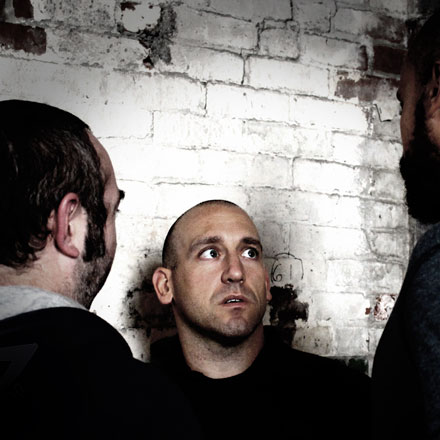
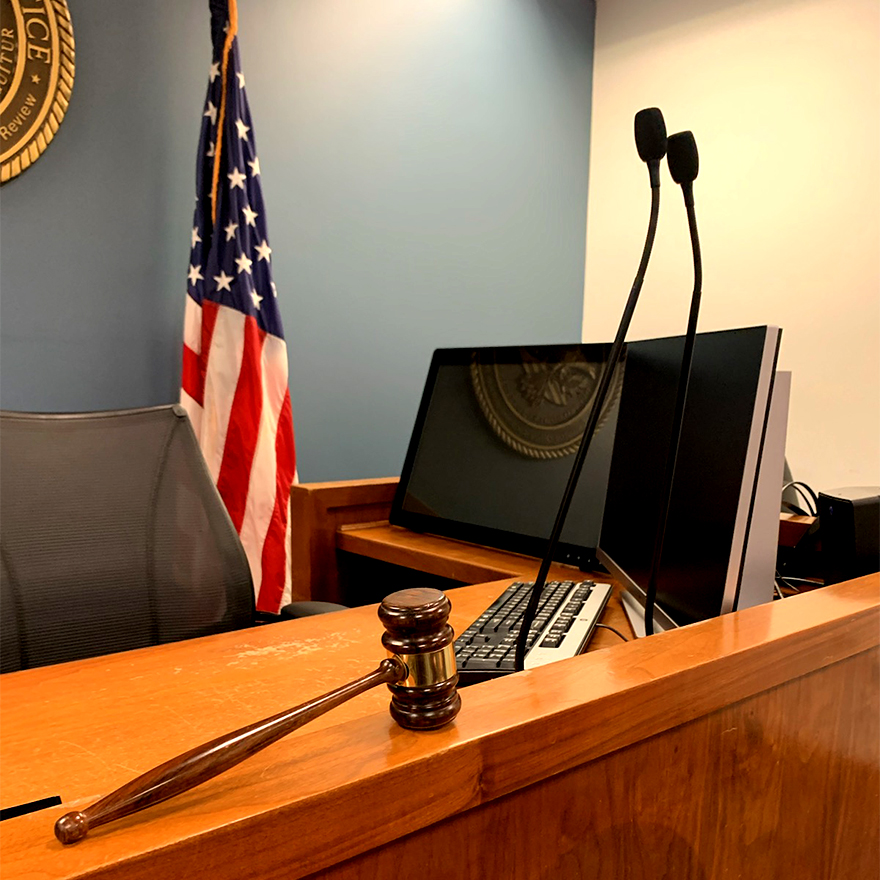
The Law and Self-Defense/Krav Maga
Although the term self-defense has become synonymous with certain physical systems, it is in fact a legal term/concept, which acknowledges that people can use violence – and potentially harm others - in order to protect themselves. If you ever have to claim that you acted in self-defense, you will be admitting that you engaged in a violent act(s) but were justified in doing so because you were at risk of harm/injury etc. Admitting this can have serious consequences if you are unaware of some basic legal concepts and ideas. This is why it is important to train in a system where these things have already been considered and are part of the training.
In our classes we talk about what constitutes assault, assault and battery etc., excessive force, and when the person you are “defending” yourself against might have the right to claim self-defense and cast you as the attacker e.g., if you disarm somebody of a weapon and don’t exit the scene you may be seen as the aggressor, even though it was the other party who initiated the conflict. When we look at real-life scenarios involving violence in our classes we explain the legalities of the situations as well.
Read MoreTravel Security
Travel can pose many different potential security issues even when visiting seemingly safe cities and places, whether it’s en route, or when you arrive. Offenders understand that when people are in unfamiliar places, they are more vulnerable to being attacked (criminals are extremely adept at identifying tourists and out of town businesspeople), or simply exploited e.g., a taxi driver picking you up at the airport can take a more circuitous route to your destination, bumping up the fare if they believe that you are new to the area etc. From a business perspective travel security may also involve the protection of assets such as data and information, some of which businesspeople often inadvertently “share” when they are working in airport business lounges. Our seminars and presentations cover information on best practices regarding data/information protection when travelling.
We occasionally run Travel Security seminars and presentations that are open to the public (to see if one has been scheduled you can click here). If you are a corporate client looking to schedule one of these presentations for your organization, please contact us by clicking here.
Read More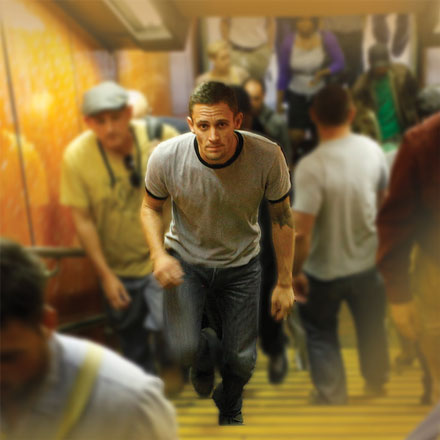
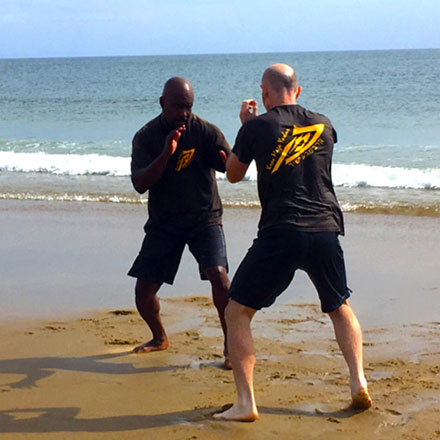
Krav Maga Environmental Training
A real-life confrontation is unlikely to take place on perfectly level ground, where there are no obstructions, or objects to move into or trip over, however this is the environment in which we spend most of our time training in e.g., our studio has a 4000 sq ft mat space in which we conduct our training. There is good reason for this. You must first learn to train techniques and solutions in an unrestricted manner, without having to worry about bumping into things, and/or tripping over and having to correct footwork because the terrain is uneven etc. However, there must come a time when you test what you know in different environments to make sure that you are able to adapt and work in the environment(s) you find yourself in.
This is one of the reasons why we occasionally take our training outside, and practice Krav Maga scenarios, techniques and solutions in different environments, such as on the beach, in the sea, in the countryside and various different urban settings. Sometimes these particular environments are to develop skills, such as improving balance, stability and movement (training on the beach) and other times to simulate locations where real-life assaults occur.
Read MoreCQC (Close Quarter Combat) Training
A major component of CQB/CQC training is introducing the element of surprise and the unknown into training scenarios and requiring participants to make quick decisions when placed under stress and duress. Our CQC training starts off with simple scenarios, that become gradually more complex over time with the consequences of poor decision-making becoming more “serious” and “extreme” as the scenarios play out i.e., the situation(s) worsen, and more drastic decisions have to be made in order to improve the participant’s position and rectify the scenario. In any scenario there may be multiple “right” and “wrong” options.
The purpose of such training is to improve and sharpen decision-making when under stress and duress and to recognize what is and isn’t a threat or danger i.e., it is important to insert into Krav Maga training that it is not always appropriate to use a physical solution, and/or classify every situation as being a high risk one. Effective Krav Maga training must ensure that students don’t overreact and/or become paranoid whenever they encounter something unknown but instead can quickly evaluate it, and formulate an appropriate response.
Read More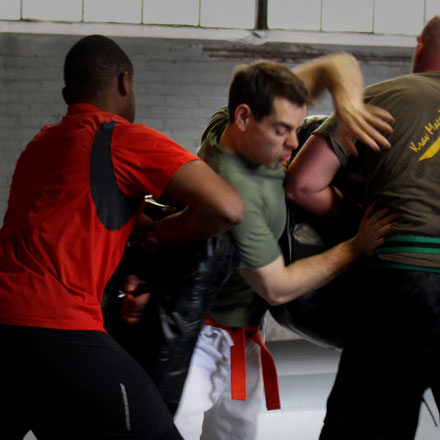
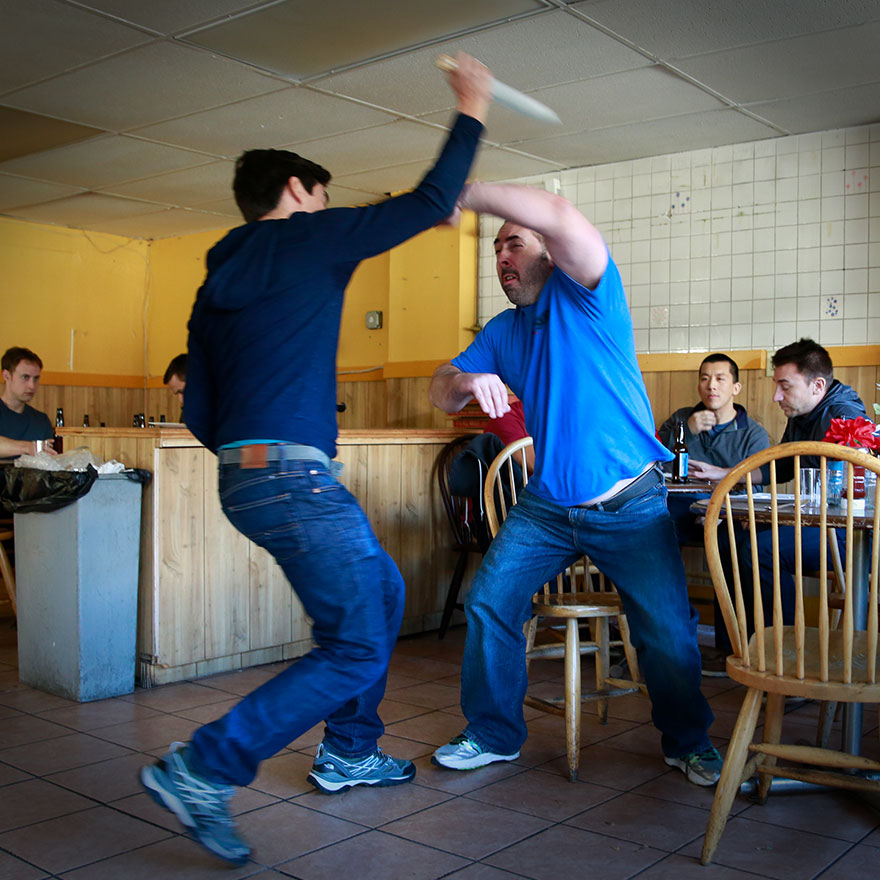
Anti-Terrorism Training
There is a major difference between counterterrorism and anti-terrorism. Counterterrorism involves the operations of government agencies and the military to counter potential terrorist threats, anti-terrorism involves the processes and procedures that non-agents i.e. civilians use to avoid becoming the victims of terrorist activities etc. By and large this means engaging in general security measures that also deal with specific threats, such as those posed by individuals and groups engaged in terrorist activities. More specific things, involve understanding the significance of dates and anniversaries to such individuals and organizations e.g., such as planning attacks to commemorate previous ones etc.
By understanding the mindset and goals of such individuals/organizations it is possible to recognize the times and places where a location may be vulnerable/susceptible to attack, and by understating how targets are selected and accessed it may be possible to identify when/where there are places that should be avoided, or where we should be more alert and aware etc. This type of training is conducted both in our regular classes and through courses and seminars.
Read MoreTactical Medical Training
Our Tactical Medical program has been reported on in The Atlantic. This is not a program dealing in general first aid but one that looks at dealing with the consequences of serious events and injuries such as gun shot wounds, and injuries caused by IEDs (Improvised Explosive Devices) etc. Part of our regular class training involves the practice(s) of checking for injury after a violent confrontation e.g., many people are unaware that they may have been stabbed during a confrontation, and only become aware when somebody else points out the blood on their shirt/jacket etc.
Our Tactical Medical Program looks at what to do when such eventualities have occurred, and how to treat others who have succumbed to such injuries. The Boston Marathon Bombing (April 15th 2013) terrorist attack demonstrated the importance of having a trained citizenry who were able to respond to a regional medical emergency. It also showed the importance of tourniquet application when responding to such events and incidents - how and when to apply tourniquets effectively is an integral part of our program.
Read More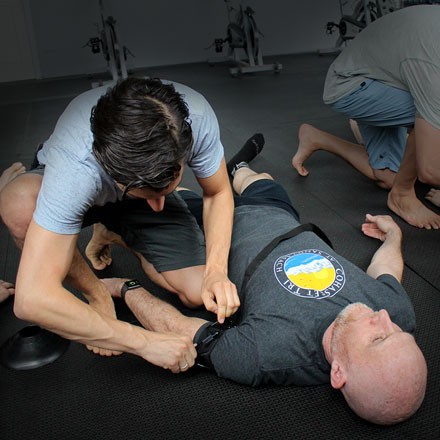
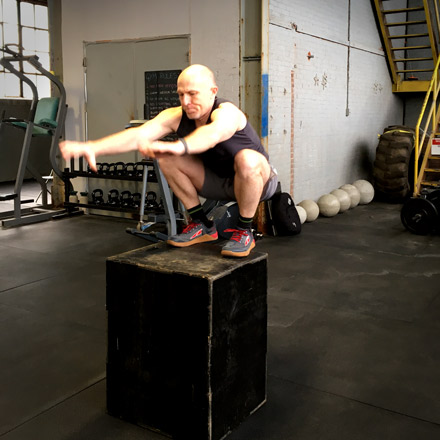
Combat Fitness Training (Cosher Kravi)
There are three components of effective self-defense, these are: a combat mindset, the ability to perform simple (not simplistic) techniques when under stress and duress and having the physical capacity/ability (fitness) to engage in the confrontation/fight. Being involved in a fight is an exhausting affair. After the effects of being adrenalized have worn off (somewhere around 20-30 seconds after you first identify the threat/danger), the body goes into recovery mode, and exhaustion sets in. At this point your capabilities sink below your base level of fitness – as do your assailant’s. The higher/greater your level of fitness, the less this effect will impact you.
All of our classes are physical in nature, and although we are not a “fitness” school or gym, we incorporate elements of Cosher Kravi (Combat Fitness training) into all of our classes. By recognizing that physical fitness may be the difference between succeeding or failing in a confrontation, we aim to equip our students with a level of fitness, that will allow them to be successful in a real-life encounter. If you are looking to lose a few pounds and/or increase your strength and cardio-fitness, Krav Maga classes equip you to do so.
Read MoreCampus Safety Training
Being in a university town we recognize that going to college can be a potentially dangerous and risky time for young women. As part of our free women’s self defense program, we conduct regular campus safety programs, which teach young women how to protect themselves from, and deal with, the types of threats and violence that they may have to face as part of their university life. Rather than simply focusing on rape and sexual assaults, we look to inform participants of other acts of criminality that may see them become victimized e.g., one of the highest ticket items to be stolen on campuses are expensive textbooks (by other students), yet these are often looked on as unattractive objects/assets by those who own them.
Every year we run a campus safety program/seminar aimed at educating young women going off to college and university, how to identify, predict and avoid violence, as well as teaching them how to deal with and fend off physical attacks. This seminar is open to all young women regardless of where they live or the location of the university they are going to. To learn more about this program, and the material it contains, please click the button below.
Read More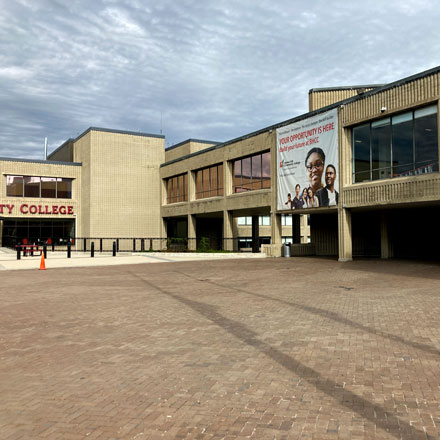

School Bullying
Gershon Ben Keren has been interviewed by The Boston Globe concerning school bullying and cyber-bullying in particular. Dealing with bullying is a core component of our Kid’s Krav Maga program. Anyone who has been bullied will tell you that ignoring bullies or telling them to go away etc., doesn’t work and in many ways increases the frequency and likelihood of bullying. Teachers, meaning well, will often tell children who are being bullied, that the person bullying them suffers from low self-esteem, or has problems at home and needs to be understood. There are many kids who have problems at home who don’t engage in bullying behaviors and bullying is not the result of low or poor self-esteem.
In the bullying component of our Kids and Teens Krav Maga program we introduce the idea of who the bully is and why they engage in such behaviors. Rather than teaching kids how to just physically resist and deal with bullying, we discuss and teach ways in which they are able to slip off a bully’s radar and go unnoticed, understanding what types of actions and behaviors attract the attention of bullies.
Read More